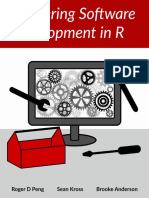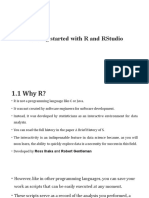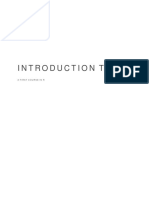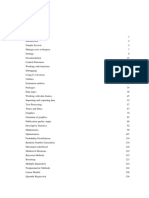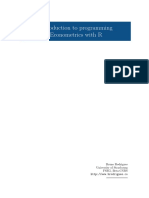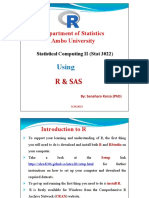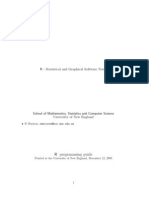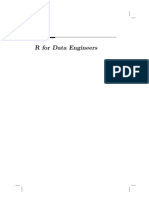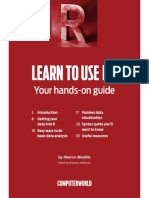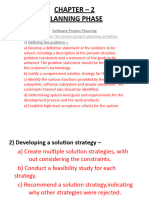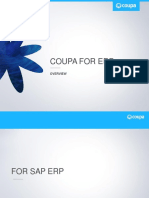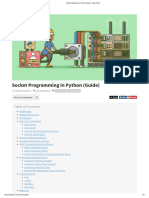0% found this document useful (0 votes)
3 views34 pagesWeek 1 Work Flow & Reproducibility
Uploaded by
ameera.attiahCopyright
© © All Rights Reserved
We take content rights seriously. If you suspect this is your content, claim it here.
Available Formats
Download as PPTX, PDF, TXT or read online on Scribd
0% found this document useful (0 votes)
3 views34 pagesWeek 1 Work Flow & Reproducibility
Uploaded by
ameera.attiahCopyright
© © All Rights Reserved
We take content rights seriously. If you suspect this is your content, claim it here.
Available Formats
Download as PPTX, PDF, TXT or read online on Scribd
/ 34





